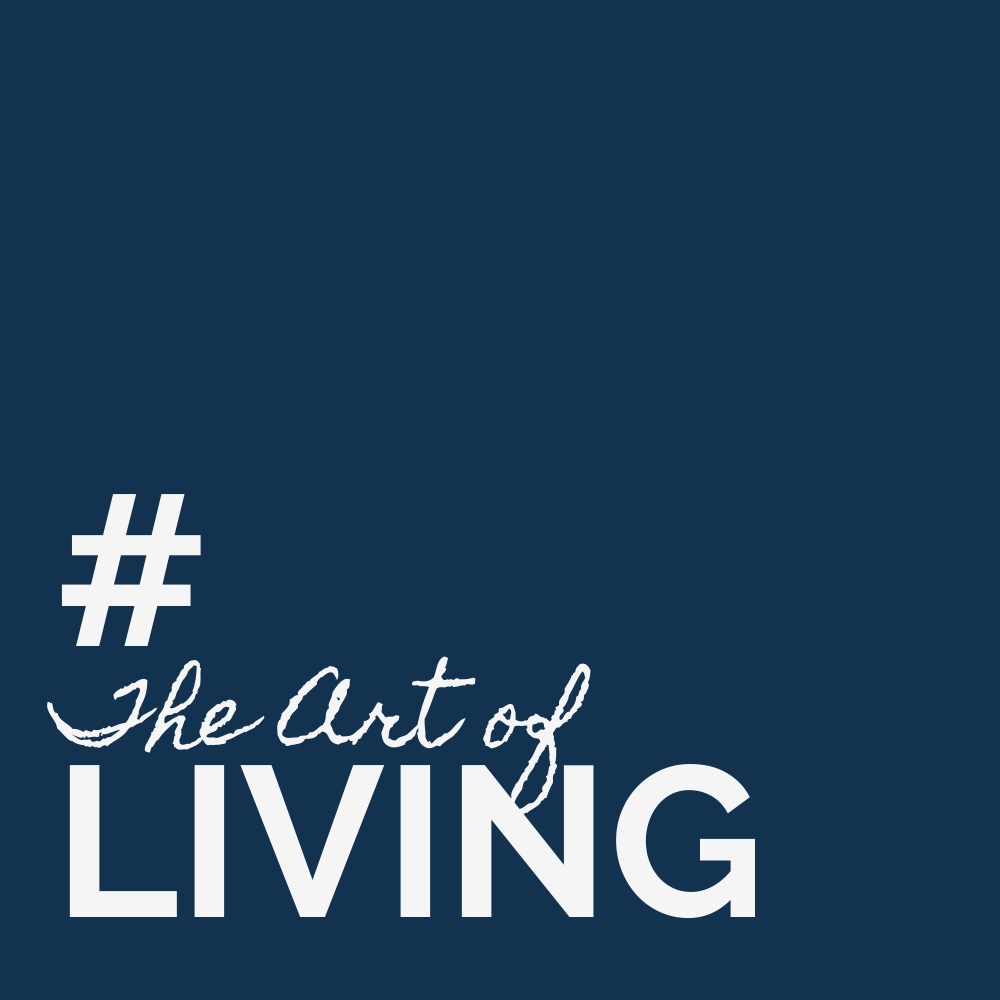In a world that constantly demands more from us, the ability to lead oneself has never been more critical. The concept of self-leadership is not just about personal growth; it’s about taking charge of your own life and making conscious choices that align with your values and aspirations. Drawing from the principles outlined in the book “Leading Yourself,” this article explores the art of self-leadership and provides you with practical strategies to enhance your journey.

Understanding Self-Leadership
Self-leadership begins with a deep understanding of who you are. It encompasses three key components:
1. Self-Awareness
Self-awareness is the cornerstone of effective self-leadership. It involves recognizing your strengths, weaknesses, values, and motivations. The more you understand yourself, the better equipped you are to make choices that resonate with your true self.
Action Step: Take time to reflect on your experiences. Ask yourself questions like, “What are my core values?” and “What motivates me?” Writing down your thoughts can help clarify your self-perception.
2. Emotional Intelligence
Emotional intelligence is the ability to recognize and manage your emotions while also understanding the emotions of others. This skill is essential in self-leadership as it influences how you interact with those around you.
Action Step: Practice emotional check-ins throughout your day. Identify what emotions you are feeling and what triggers them. This will help you navigate your emotional landscape more effectively.
3. Personal Accountability
Taking responsibility for your actions and decisions is crucial in self-leadership. It fosters a sense of ownership over your life and decisions, allowing you to learn from mistakes rather than blame external circumstances.
Action Step: Assess situations where you may have avoided accountability. Reflect on what you could have done differently and commit to taking responsibility in future scenarios.
4. Setting Goals and Priorities
Once you have a solid foundation of self-awareness and emotional intelligence, the next step is setting clear goals that provide direction and purpose. This is where the SMART criteria comes into play:
- Specific: Make sure your goals are clear and specific.
- Measurable: Define how you will measure progress.
- Achievable: Ensure that your goals are realistic and attainable.
- Relevant: Align your goals with your values and long-term aspirations.
- Time-bound: Set deadlines to create a sense of urgency.
5. Vision Statement
Creating a personal vision statement can help clarify what you want to achieve in both the short and long term. This statement should reflect your aspirations, giving you a guiding light as you navigate through challenges.
Action Step: Write a vision statement that encapsulates your dreams and goals. Revisit it regularly to remind yourself of your purpose.
6. Goal Breakdown
Once your vision is established, break it down into actionable short-term and long-term goals. This makes the process less overwhelming and allows for incremental progress.
Action Step: Use a priority matrix to categorize tasks based on urgency and importance. This will help you focus on what truly matters.
7. Developing Discipline and Habits
Discipline is key to maintaining focus and consistency in achieving your goals. Building productive habits will support your journey toward self-leadership.
Routine Development
Creating a daily or weekly routine that aligns with your goals can greatly enhance productivity and discipline.
Action Step: Design a routine that incorporates time for reflection, goal-setting, and self-care. Stick to this routine consistently to foster discipline.
Growth Mindset
Adopting a growth mindset means viewing challenges as opportunities for growth rather than obstacles. This perspective shift can profoundly impact how you approach difficulties in both personal and professional settings.
Action Step: Reflect on past challenges that led to personal growth. Use these experiences as motivation to face future obstacles with confidence.
Stress Management Techniques
Managing stress effectively is key to maintaining resilience. Techniques such as mindfulness, meditation, or regular exercise can help mitigate stress levels.
Action Step: Incorporate a short mindfulness practice into your daily routine. This could be as simple as spending five minutes focusing on your breath or going for a nature walk without distractions.
Final Thoughts
The art of leading yourself is a journey that requires ongoing commitment and practice. By enhancing your self-awareness, setting clear goals, developing disciplined habits, and cultivating resilience, you can become a more effective leader not just for yourself but also for those around you.
As you pursue self-leadership, remember that it’s not about perfection; it’s about progress. Regularly revisit your goals, reflect on your experiences, and adjust your strategies as necessary to stay aligned with your vision.
In doing so, you will not only navigate the complexities of life more effectively but also inspire those around you to take charge of their own journeys toward self-leadership.
Related
Discover more from The Art of Living
Subscribe to get the latest posts sent to your email.


